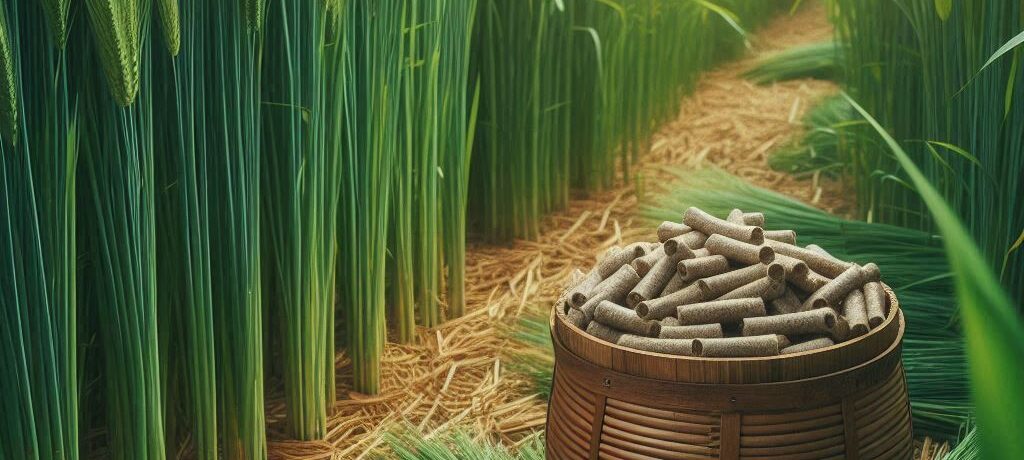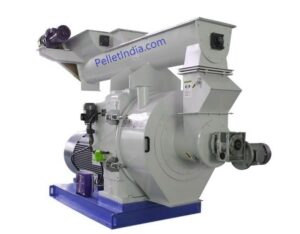
What are the benefits of Napier Grass for livestock feed and bioenergy production?
Napier Grass (Pennisetum purpureum) Overview
- Common Names: Elephant Grass, Uganda Grass, Giant King Grass
- Origin: Native to Africa; widely cultivated in tropical and subtropical regions, including India and Southeast Asia.

Key Benefits and Figures
- High Yield:
- Yield Potential: Up to 80 tons of fresh forage per hectare yearly under optimal conditions.
- Comparison: Outperforms many forage crops, with some varieties like Super Napier yielding 350-400 tons per acre per year in Maharashtra, India.
- Nutritional Value:
- Protein Content: 8-12% crude protein.
- Digestible Dry Matter: 65-75%.
- Minerals: High in calcium, phosphorus, and magnesium.
- Drought Tolerance:
- Adaptation: Deep root system for accessing subsoil water, enhancing drought resilience.
- Ideal Conditions: Thrives at 25-40°C, up to 2000 meters altitude.
- Ease of Cultivation:
- Propagation: Primarily through stem cuttings.
- Planting Method: 75 cm intervals in furrows.
- Soil Tolerance: Suitable for various soils, including marginal lands.
- Pest and Disease Resistance:
- Pest Resistance: Resistant to stem borers and armyworms.
- Disease Resistance: Shows resilience against smut (Ustilago kamerunensis) and rust; manageable viral diseases.
- Bio-CNG and Biogas Production:
- Energy Efficiency: 25:1 energy output-to-input ratio.
- Biogas Yield:
- Traditional: 90-110 cubic meters per tonne (38-46 kg CBG).
- Advanced: Up to 150 cubic meters per tonne (63 kg CBG).
- Projects: Early-stage CBG projects in Gujarat and Maharashtra, India (5-10 TPD capacity).
- Sustainability and Land Use:
- Marginal Land: Can grow on degraded lands, reducing competition with food crops.
- Alternative Feedstock: Maize as a co-feedstock in winter when Napier Grass is dormant.
- Versatile Applications:
- Livestock Feed: Nutrient-rich for cattle.
- Soil Conservation: Prevents erosion on slopes and borders.
- Biogas and Biofuel: Effective for anaerobic digestion.
- Integrated Pest Management: Used in maize and sorghum fields.
- Other Uses: Windbreak, firebreak, and raw material for paper production.
- Pellet Gross Calorific Value and Ash Content:
- GCV: Approximately 3,800-4,200 kcal/kg, making it a viable biofuel with high energy output.
- Ash Content: Low, around 5-8%, beneficial for efficient combustion and reduced residue.
Napier Grass is a valuable, multifunctional crop supporting livestock productivity, renewable energy projects, and sustainable agricultural practices. Its high GCV and low ash content enhance its potential as a biofuel, making it a popular choice for both farmers and renewable energy developers.

Contact Us for More Information

 Biomass Pellet & Machinery Updates
Biomass Pellet & Machinery Updates 











PelletIndia.com – Concept to Commissioning Means, We Are With You! Since 1969


